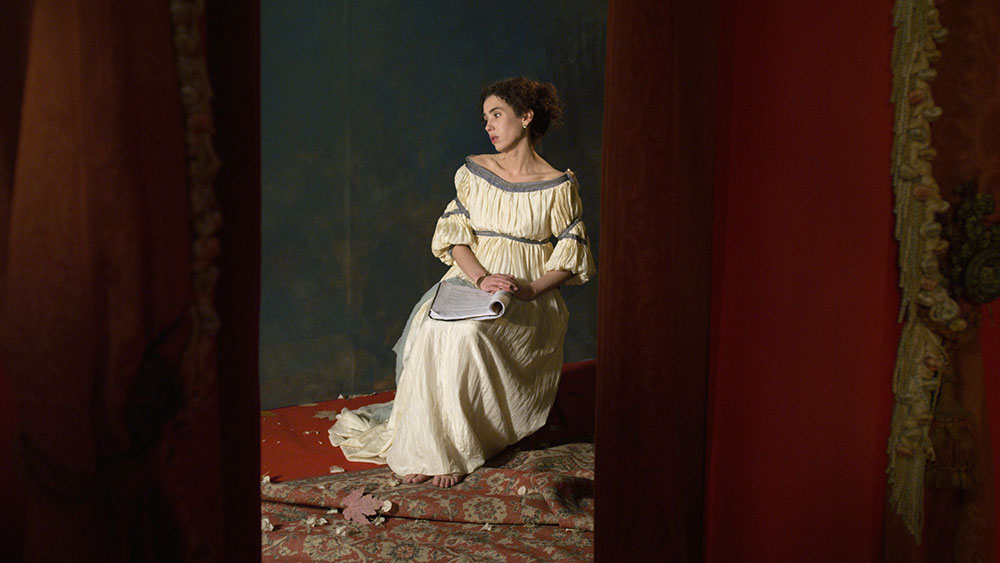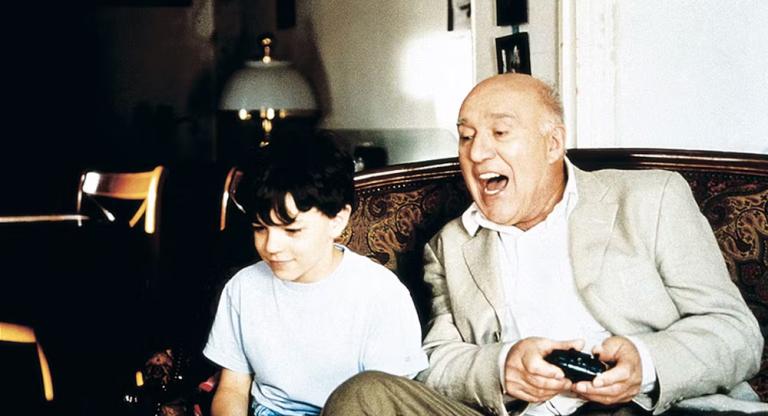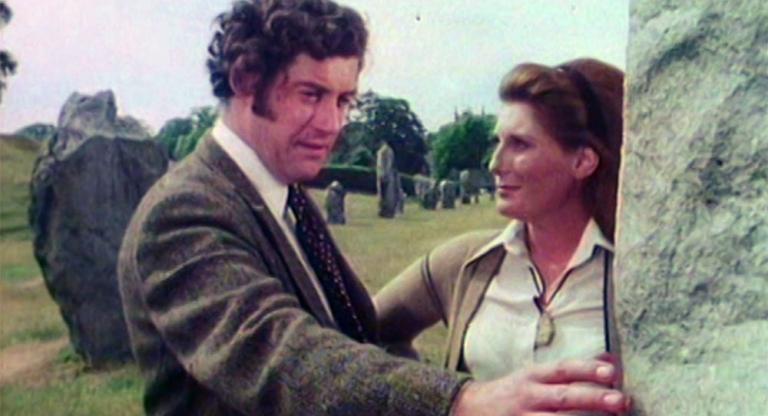The day will come when Rita Azevedo Gomes is more widely recognized as one of the best working filmmakers today. Like Carl Theodor Dreyer in Denmark or Victor Erice in Spain, a decade separates the release of each of the first three features by this Portuguese master: The Sound of the Shaking Earth (1990), Fragile as the World (2001), and A Woman’s Revenge (2012). Since the release of the latter, the pace of her releases has quickened to an average of one every three years: in 2016, Correspondences, an epistolary film about the poets Jorge de Sena and Sophia de Mello Breyner Andresen; in 2019, both A Portuguese Woman and Danses macabres, the latter being an essay film co-directed by Pierre Léon and the French philosopher Jean-Louis Schefer; and in 2022, The Kegelstatt Trio, an adaptation of an Éric Rohmer play starring Léon and the Spanish filmmaker Ado Arrieta.
Until recently, A Woman’s Revenge seemed to be Gomes’s best known film. It was adapted from the most popular of the short stories that make up the French dandy Jules Barbey d’Aurevilly’s collection Les Diaboliques (1874). Barbey shares a shocking, acerbic narrative voice with the Marquis de Sade, and the stories from this collection, each macabre in their own way, do for 19th century literature what Juliette did for 18th in their sardonic description of “civilized crimes.”
I won’t spoil the woman’s plan for revenge here, nor the factors that precipitate it. It suffices to say that the outcome is more gruesome than may at first seem promised by the elegance of Gomes’s film, composed mostly of sprawling, decadent plans-séquences encircling the actors in period detail. (If something feels familiar about the style, it may owe to cinematographer Acácio de Almeida, an unsung legend among the legendary European DPs who worked for nearly every major Portuguese talent of the last 60 years, including António Reis and Margarida Cordeiro, Paulo Rocha, João César Monteiro, and Alberto Seixas Santos, as well as for Raúl Ruiz on his Portuguese pictures.) Gomes puts little effort into masking the artifice of the film’s sets—at one point even emphasizing it, in a close-up of a chirping plastic bird—and she punctuates each act of the film with a peek at the sound stage behind the walls of the sets.
One final note: the film is dedicated to João Bénard da Costa, the legendary programmer of the Portuguese cinematheque under whom Gomes worked as a programmer (she currently sits on the editorial board overseeing the publication of his collected writings) and the man to whom all modern Portuguese cinema is indebted.
A Woman’s Revenge screens this afternoon, November 17, at the Museum of Modern Art as part of “The Ongoing Revolution of Portuguese Cinema.”



